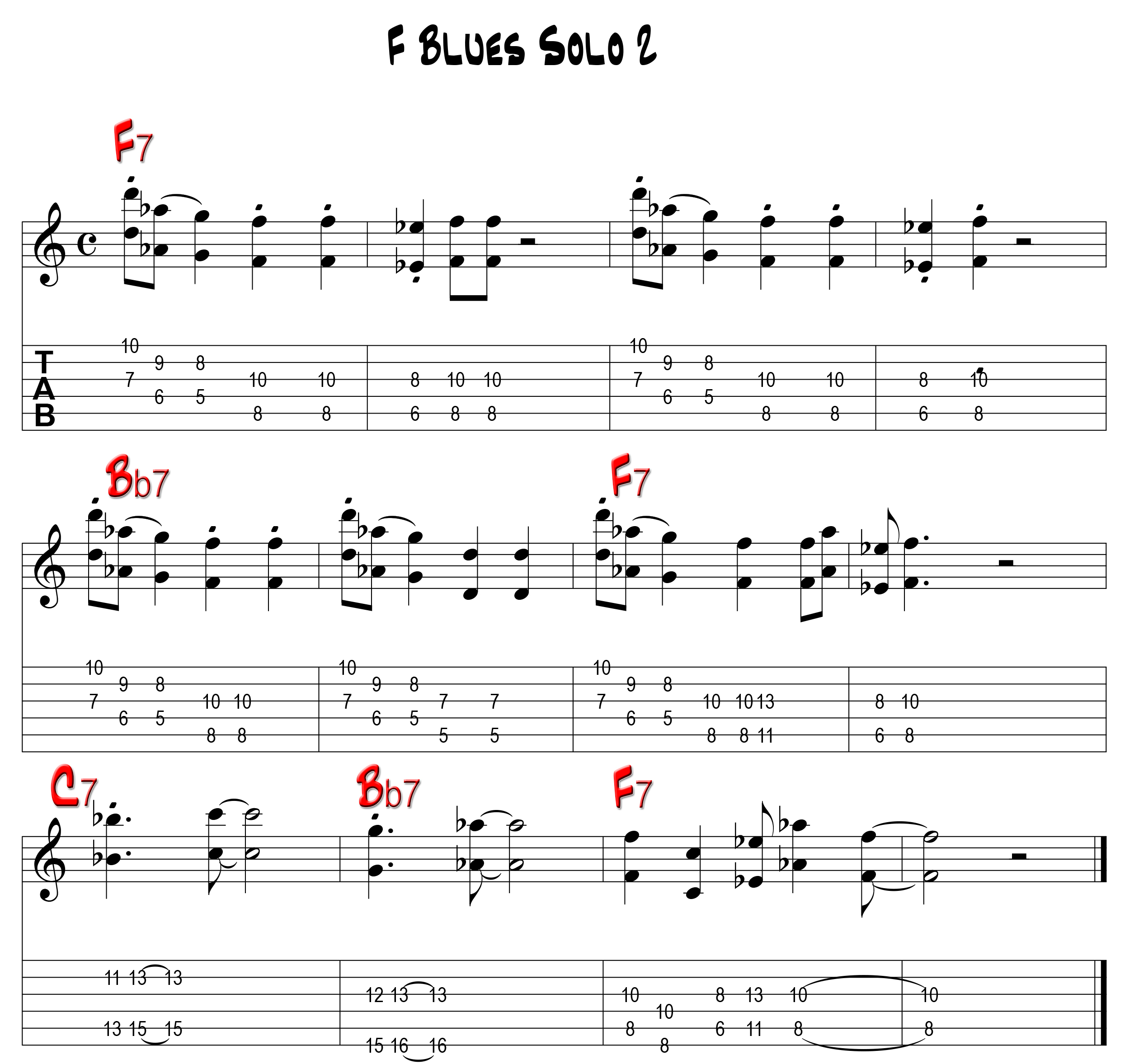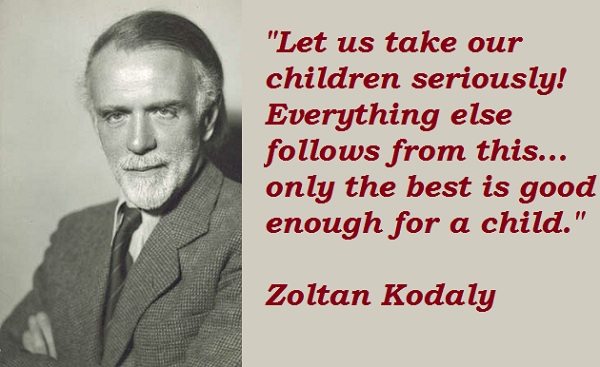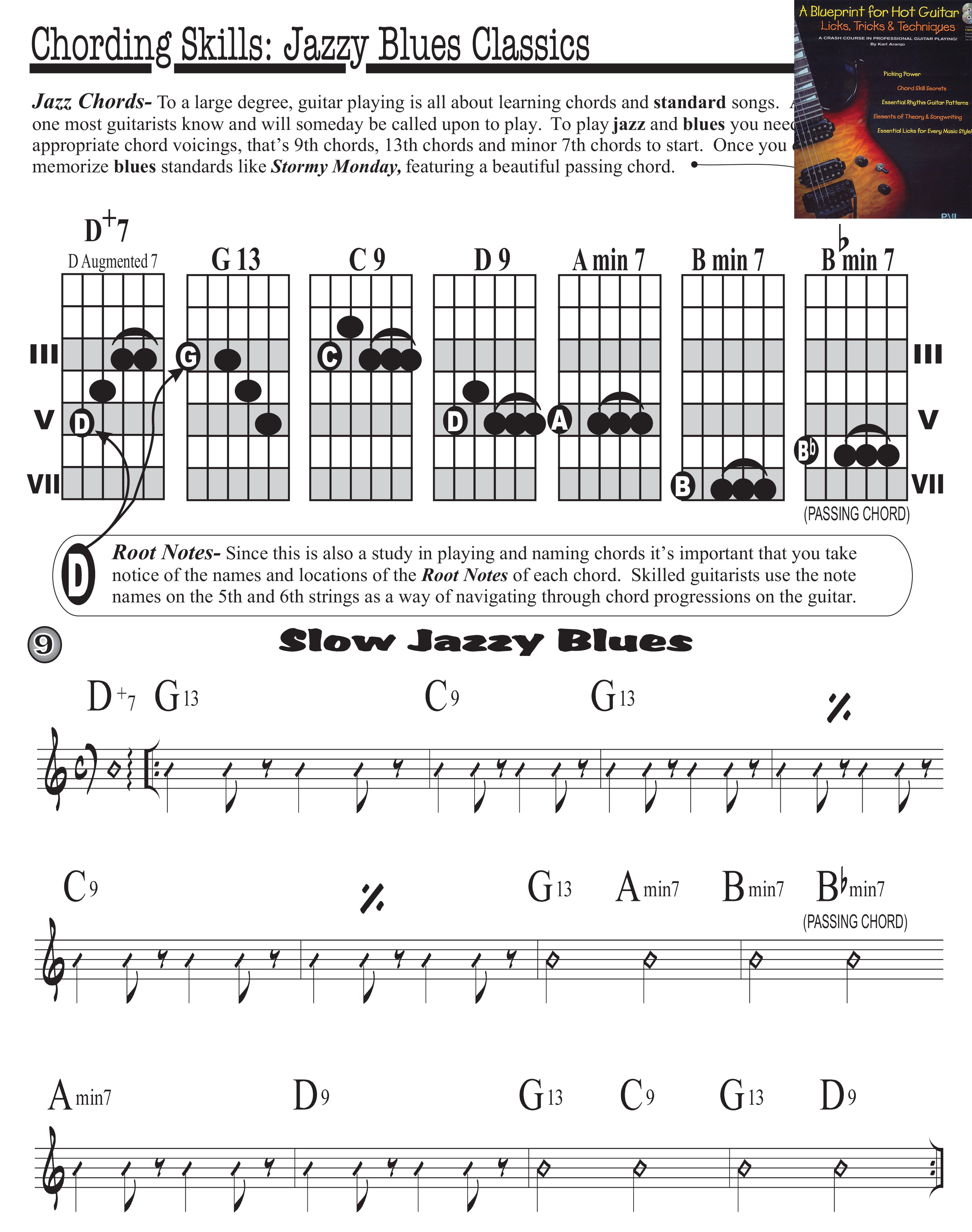My Calling
I have had a long career doing professional music, nothing in the big time showbiz vein but I’ve made a great living writing guitar books, teaching guitar and of course performing on the general business level of music, private parties and nightclubs, restaurants and hotels. In fact, when I first left Berklee College of Music and was able to make a living with my guitar I felt like I had really made the big time anyway, and although I had aspirations of fame and fortune I found that I really loved teaching and sharing my knowledge, so all my dreams of writing hot guitar records and film scoring seemed secondary and unimportant next to this passion for sharing, helping and teaching -seemed silly next to the kids I was helping and dreams I was keeping alive.

Feeling Completely Alone With My New Start Up
Bedroom Tears
When I was a boy, trying to learn guitar my mother said I would sit on of my bed and cry because I couldn’t figure out how to play the Beatles and Chuck Berry. I also listened to guitar records interminably that I found in the family junk shop, lots and lots of them -stuff like surf music, Les Paul, “101 Guitars” and “Romantic Guitars”, fluff that the record companies were cranking out in the 50’s and 60’s.
In those days, there was very little for a person who wanted to learn the instrument: no Internet, hardly any good books and very few qualified teachers and no teachers my family could afford. I had to learn by listening, watching and talking to people and believe me, my study of the guitar was 24/7 365. Nonetheless, I was going nowhere fast even though I could get the occasional gig and was always respected in any musical circle I entered into, I knew what was possible, I knew what I had and what I wanted and there was no way I was getting there teaching myself.
I was particularly frustrated with the lack of meaningful educational material available to me in those early day.
Berklee College of Music
After spending my 20s playing in rock bands and learning to write songs, an old family friend an icon of jazz guitar named Tony Mottola encouraged me to go to Berklee School of Music in Boston. It was the best advice I ever got, because the very moment I walked in the door I met and befriended the greatest guitar teacher to have ever lived, William G. Leavitt creator of the Berklee method. For some reason which is still unknown to me within about 10 min. of that meeting I became his adopted son and although I was the worst guitarist to ever enroll in Berklee, he dedicated incredible amounts of time, effort and energy to me, teaching me that anyone can excel in their desired endeavors if they’re given a chance. During my time with Bill, I decided I wanted to follow in his footsteps to carry out his work and become a great educator. He really was my 2nd father.

Fly By Night Get Rich Quick Schemes
I fell in love with music education and learning because of the many great teachers I found at music schools, even the grizzled old burned out veteran teachers, still had the passion and the love of sharing, they were all easy marks for free lessons and invaluable insights. I often wondered about and felt for all the people who wanted to go to music school but couldn’t get there -it’s ridiculously expensive, time-consuming, competitive and you have to leave home for a strange city. So many people would relish this guitar experience and such high quality information, so many who deserve it, but because of the barriers to an electric guitar higher education I came to believe there were relatively few who could experience it.
I began working for a former teacher from the college who shared my viewpoint. My new employer was long on cryptic talk, pedantic riddles and pseudo Socratic mind games and convinced me he had all the answers. It took me about a year to figure it out it was a fly-by-night get-rich-quick scheme, a scam with absolutely no thought or regard for the user just a desire to cash in on his reputation and resume. Some of our material was nothing more than the outstanding assignments and term papers of former Berklee students! Needless to say his education business, with very little real or valuable information, was a big failure and remains so to this day.
When I left his employ I moved to California and I started my education anew studying with all the most famous guitar teachers in the Los Angeles area like the legendary Ted Greene, Robert Conti and Ron Eschete. I had all the book learning I wanted, I was interested in more real-world approach, based on experience and long successful careers. I was impressed at the amount of original material my new mentors have generated, at the thought they put into their students and although not one of them had a college degree they were some of the finest educators I had met.
How The Heck Did It Get To Be 2016 Already?!
In Orange County, I became a sought-after teacher and I would say in all modesty, a respected author with six books “in the can” (not the trash can thank you). Just about the time I finished school (1992) the Internet was exploding, and I saw the opportunity I was looking for, a way to create and deliver rich multimedia content, to anyone, anywhere and at any time, the barriers that had I been fighting seemed to melt away! I got bored with writing black and white paper books; they seemed inferior to multimedia content. I begin making webpages for my private students and for my own entertainment, a process which was time-consuming and crazy expensive.
As part of my job as an elementary music school teacher, I studied curriculum design at a local college as well as the world’s great theories of music education: Schillinger, Orff, Suzuki and Kodaly mainly. I was obsessed. I was on a mission. I wasn’t thinking anything about money I was just thinking about those guys who wanted and deserved to go to a big time guitar school but couldn’t get there. I wanted something wonderful for them, I wanted to share something amazing. I have worked on that material religiously, and obsessively –wanting to post a true, on line music school type curriculum, never satisfied with my work, constantly rewriting everything and learning software of every description, computer platforms and even HTML, it sounds crazy but I felt as if I had no choice, as if someone asked me to do it.
That curriculum grew and grew, I foolishly ignored the advice (and desire) to publish everything immediately because of perfectionistic tendencies and a need to get it right.
Today, my program is about 3000 pages of text, organized into core courses, and scores of separate modules, just like you would find in real guitar school. I called it ‘GuitarU.com’ and entered the competitive, saturated market of online lessons in 2016, I am embarrassed to say it’s at least 15 years of development and testing because the work had to happen around a successful and busy career I had teaching, writing and gigging –during those years it seemed like a pipe dream because my “web development hours” were between midnight and 2AM.

So if my target audience couldn’t go to a special place, like a big time guitar school, I could give them the psychologically special place, their own music school. I still think it’s a beautiful idea.
The Old Thinking On The New Model
As I desperately tried to work and develop my program, my life’s mission while keeping my high standards, I saw one guitar education site after another go up on line. Most of them were a mishmash of unorganized videos, posting 10,000 videos by a thousand rock stars. I love and respect my rock stars but very few of them should be considered serious educators -you don’t have to take my word for it just ask them personally as I have. In the 80s we all had boxes of Hot Licks and Star Licks videotapes, if that were the way we learn guitar there would be no teaching business, no music schools and no teachers -just video stars. Video education just doesn’t work all that well.
On top of that online teaching businesses try to charge the same amount of money that they would charge you for it one-on-one private lesson -which I think is a rip-off. I saw nothing but money grubbing, selling the sizzle for a steak that didn’t exist. Big time guitar schools will charge you the same amount of money they would charge you as if you are actually going to the school -which you think is a rip-off. All of these great curriculums are nothing more than a mishmash of videotapes, and some perfunctory poorly thought out text and graphic files. With one or two notable exceptions, online guitar schools try to operate like real guitar schools, failing to seize the opportunity of true multimedia learning and training –forgetting they need and actual sequential well thought out course of study -oops. This is something I call “the old thinking on the new model” or “glowing books” –text pages in the virtual world instead of the physical one.
The Strength Of This School Is That We Have A Good Curriculum And We Stick To It. –William G. Leavitt, Berklee School Of Music
Telling Me Everything But Telling Me Nothing
Many of my students became frustrated with the most common type of educational site, the “telling me everything but telling me nothing” approach. This means that the ‘content’ is nothing more than a few low level, common knowledge, over written clichés designed to sell you a self-produced DVD or book, big fat time wasters, the exact opposite of what I was trying to do.
We Will Sell No Wine Before Its Time
Everyone urged me to post but I didn’t want to rush my curriculum, I continued to work on it in confidence knowing that the more YouTube guitar channels, online schools, and book selling guitar blogs that appeared the better it would be for me because with all that unending noisy content, some great and some terrible, it’s very hard to find anything, very hard to get down to work to study what you need and too easy to be distracted. Learning guitar online was nothing like the experience of having a top flight curriculum to work through; in fact it was a confusing waste of time for the serious student.
Anyone, Anywhere, Anytime
GuitarU.com went live early in 2016 anyone, on any level can begin anywhere in my program for free, when they are satisfied they are learning, they can continue for a small fee. I also mail all of my GuitarU.com students a giant proprietary full color poster for their practice space. Finally after all that time, effort, money and trouble I felt as though I had completed my dream from all those years ago, or kept a promise I made to myself to follow in my teachers footsteps. Now I am discovering all the challenges and trials any startup experiences and I am realizing how difficult and impossible a task having a successful online school truly is. As I said the competition is out there, they are big, bad and capitalized so I must be nutty as Snickers bar, right?
The Sanity Of It All
You’re probably thinking that me, GuitarU.com, online guitar lessons and all my ideas are crazy, I mean how and why would I take on all the big players in a competitive, saturated niche? I don’t know, but I know the truly crazy, the really nuts thing to do with a dream that won’t let you sleep is nothing. The sanity is that I have a belief in my ideas, knowing they are valuable and can help so many deserving people, believing I have something to add to the world. I know my work is imperfect but is off the drawing board and is being given to all who want (sans barriers), I may never make a dime but I am happy to do it, because it was driving me crazy!

 statement often points students in a new and fresh direction that they haven’t thought of, because most rock and blues soloing is about working one scale and staying within that pattern, usually the confines of the minor pentatonic (or minor blues) scale which I sometimes refer to as the “pentatonic prison” to drive the point home. Granted, there is no hot guitar playing without blues scales and minor pentatonic scales -everyone needs to learn to use them and use them well.
statement often points students in a new and fresh direction that they haven’t thought of, because most rock and blues soloing is about working one scale and staying within that pattern, usually the confines of the minor pentatonic (or minor blues) scale which I sometimes refer to as the “pentatonic prison” to drive the point home. Granted, there is no hot guitar playing without blues scales and minor pentatonic scales -everyone needs to learn to use them and use them well.




























